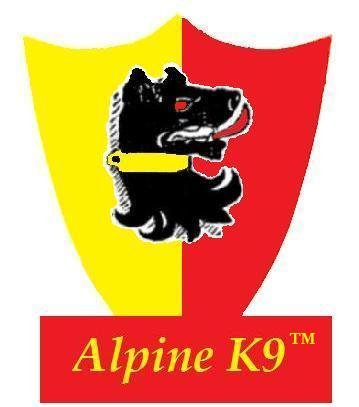What To Do When The Protection Dog Turns On In Training Before The Command Is Given.
The dogs are very good at shortcutting. That is how they survive. But to our training, such shortcutting is caused by UNDESIRABLE associations. Undesirable associations are our worst enemy -as far as dog training goes. However, our training is NOT about forbidding the dog to initiate such shortcutting. We like hi/her initiative. It is up to us in training to train the dog AROUND such shortcutting. Some think that before the comand is given (in training) they need to keep the dog "under controll". However, the fact is that once, in the familiar (protection) scenario and thus due to undesirable association the dog even under controll puts him selves into dive - then the ship already sailed. The purpose of our training is to "fool the dog" so that he is defused and has not protection on his mind until he hears our comand. Remember "defused" is NOT "under comand control". That is exceedingly difficult because dogs are amazingly good at reading even the tiniest signals that tell them "whats up". However, the alert command is what should (in training) turn the dog on and not the undesirable associations. THAT is what we need to practice. The alert comand is here to put the dog from out of drive into the protection drive.
So it is not about "control", but it is about "defusing". THAT is your problem. You need to correct the dog and then defuse him with "it's OK! comand AFTER he is quiet. That is one part
The other part is targeting-related. The dog NEEDS to turn on comand and not because of his guess and subsequent aggression initiative. if the dog always turns on in the training before the alerting comand then
a) you need to make no agression/no protection sessions where you ONLY practice defusing
b) you need to turn the dog on in everyday life without, to the dog's familiar decoy, presence. Like in the house when you watch TV you can out of blue alert the dog, and if the dog alerts praise him. If he does not alert then you have much training to do before you try it again. ..or in the park, alert the dog on distant strangers. Or also give the dog commands when he is barking or alerts on distant sounds or "a bump" in the night in the house.
After all the paramount worry we have that the dog turns on on real thread and not just on our familiar decoy. A good exercise is to get someone to come to your house late at night and after you say "the alert comand" then someone bangs on the door with a fist. BANG BANG BANG (really had) ( The cell phone coordination is advisable) The dog MUST turn on at any time you give the command. Test it now and then and when the dog turns on on command praise him vigorously. But do not cry wolf too often and always praise the dog vigorously when he turns on.
The key takeaways about managing a protection dog's premature response in training are:
1. **Understanding Dog Behavior:** Dogs tend to shortcut or anticipate actions based on their associations, which is natural for their survival but can interfere with training for specific commands.
2. **Dealing with Undesirable Associations:** These associations can lead to premature actions by the dog and are considered a significant challenge in training. The goal is not to suppress the dog's initiative but to train around these shortcuts.
3. **Training Focus:** It's essential to train the dog to wait for the specific command before acting. This involves creating a clear distinction between general alertness and the specific alert command that triggers the protection mode.
4. **Defusing vs. Control:** Training should aim at 'defusing' the dog's anticipation of protection work, rather than keeping them under strict control. This means teaching the dog not to enter protection mode until the specific command is given.
5. **Practice and Correction:** When the dog acts prematurely, the trainer should correct the behavior and then use commands to calm the dog down, ensuring it understands that it's okay to relax until the next command.
6. **Incorporating Non-Aggression Training:** It's crucial to have training sessions focused on defusing aggression without triggering protection mode, to help the dog learn to distinguish between the two states.
7. **Real-Life Training Scenarios:** Introducing the alert command in various non-training scenarios (e.g., at home, in the park) helps the dog learn to respond to the command in any situation, not just when facing a familiar decoy.
8. **Testing and Reinforcement:** Regularly testing the dog's response to the command in different settings (including staged scenarios like someone banging on the door) and vigorously praising the correct response helps reinforce the desired behavior.
The overall message emphasizes the importance of precise, command-specific training over general control, using a combination of correction, defusing, and real-life practice to ensure the dog reliably responds to commands rather than acting on anticipation or undesired associations.
